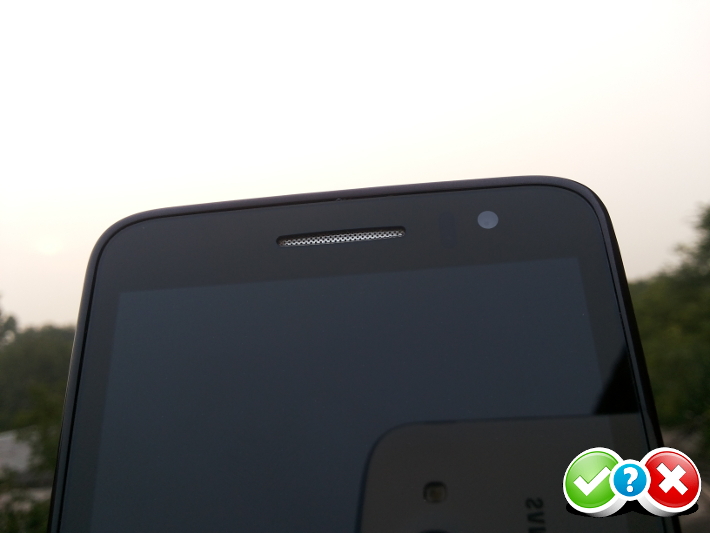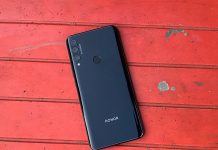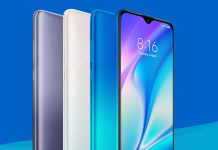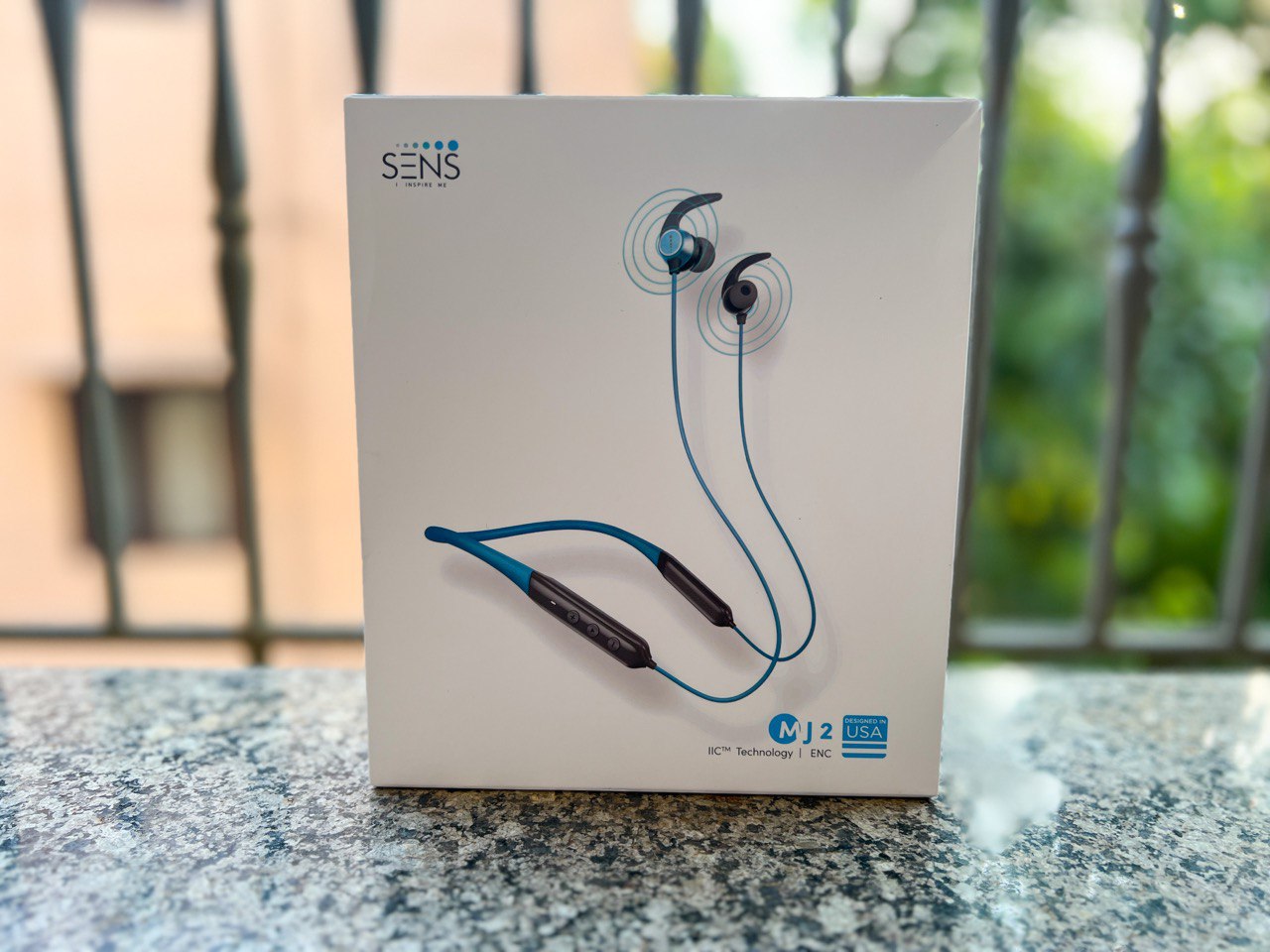
After a long break Panasonic just got back in the mobile industry with their first Android Panasonic P51 which was launched recently in the Indian market. The Japanese firm has been a poineer in what ever area they have invested their time and money in let it home appliances, electronics, computers or even smartphones when they were active but are they able to carry the legacy forward with the smartphones category? Now in this generation releasing a smartphone with a small history can be beneficial or do they have to struggle again to get them back in the market? Read below to find out more.
Sales package:

We shot an unboxing video which shows what all contents are there inside the box. The video can be viewed below:
Build:
Panasonic P51 measures 144 x 75 x 8.5 mm in dimensions and 135 grams in weight. The device has a unibody design, that is nothing is removable, yes non-removable battery. The unibody design looks like a Nexus 4 from the front having a full 5inch glass panel alike Nexus 4 by LG and is surrounded by a raised graphite strip which protects the screen from scratches. The glass used is Asahi Dragon Trail glass, which is said to be even better than the gorilla. There are no buttons no even capacitive but instead it has the on-screen buttons as seen on the Nexus thereby giving it a pure Nexus look from the front.

We had the white colored P51 for testing which had the glossy look back panel not prone to fingerprints but the black one looks even better which has a rubberised back panel.

On the front, it has the metal finished earpiece grill, secondary camera and proximity sensor whereas the back has the 8MP camera along with the LED flash and speaker grill with Panasonic branding in the middle.

The left edge houses the micro SIM card slots and the microUSB port whereas the right edge has the awkwardly placed volume rocker and the microSD card slot. On the top there is 3.5mm audio jack and the power/standby button.

Overall the device feels solid but we feel that the buttons could have been placed better. There is a sharp edge at the bottom unlike the curves on the top which hurts hands sometimes while using the phone.
Hardware:
Panasonic P51 packs a MediaTek MT6589 chipset which has a 1.2 GHz Quad-core CPU and 1GB RAM. It features a 5-inch HD display with 1280×720 pixels resolution and 294 ppi. It also has 4GB internal memory with an option to expand it further up to 32 GB via the microSD card slot. Along with this the connectivity options include WiFi 802.11 b/g/n, 3G (HSDPA 42Mbps), Bluetooth v4.0, micro USB v2.0. It is the first dual sim smartphone to support micro-sim which has now become the standard. Panasonic P51 is powered by a 2500 mAh battery which seriously was impressive. The battery lasted for a day and a half on single charge with full day auto-sync, 3G, little bit gaming and browsing and 1.2 hours of voice calling.
Performance:
We used benchmark apps to test this device and shot a video showcasing the performance scores of the device. The video can be viewed below:
[scrollGallery id=1]
Camera:

Panasonic P51 features a 8MP BSI sensor rear camera and 1.3MP front-facing camera. The camera works flawlessly and have the vanilla android camera ui which the same shooting modes. The picture quality is decent nothing impressive but not high noise levels. Having a BSI sensor also makes sure that the low-light images don’t turn out to be as bad as that of Canvas HD. One Sample click has been attached below:
The rear camera shoots videos up to 1080p@30fps whereas the front-facing camera shoots 720p@30fps. Below is a sample shot during the testing period.
Software:
Panasonic P51 runs on Android 4.2.2 which is the latest version of Android operating system. The phone’s user interface has ben kept closest to vanilla with least modifications. There are some apps bundled with the device which comes pre-installed apart from those which Google provides. The stock app icons look different from that of vanilla rom. One good thing about getting the handset from a known company even with the MediaTek chipset is the guarantee of official updates. Panasonic P51 supports FOTA that is firmware upgrade over the air and has a dedicated app as the update center.
[scrollGallery id=2]
The SIM card manager which performs the tasks of alloting the voice and data to either SIM 1 or SIM 2 has the options clearly mentioned and easy to change which is worth mentioning in the review because the TouchWiz version of SIM card manager sucks as compared to this though both of them in the end do their job of managing calls and data.
Conclusion:
Panasonic might be late to join the party but surely have done a pretty good job. The unibody design has some flaws according to us that have been discussed earlier but the way how they have implemented the software and the hardware to work seamlessly is worth applause. In fact every other budget smartphone with the similar chipset have been able to achieve this. So kudos to them and as well to MediaTek which developed such SoC which completely changed the perspective of budget devices. Panasonic P51 is priced at 22,000 but as of now is available for somewhat between 18-19k which is a little expensive than what it should be.
In our talks with the executives at Panasonic they justify this price with the build, the compatibility of the software with hardware and the amount of research done to get this product what it is now which definitely should be valued but the customer might overlook all this and opt for a cheaper phone with a lot similar specifications. Though this smartphone has seen a 4k price cut and has reached just near to what it should be but we think a further 1000 bucks less can make it a reasonable option in the list.
Pros:
- 1.2 GHz Quad-core processor
- Battery
- Android 4.2.2
Cons:
- Pricing
- 1GB RAM
[easyreview title=”Install or Not Scorecard” cat1title=”Hardware” cat1detail=”” cat1rating=”4.0″ cat2title=”Performance” cat2detail=”” cat2rating=”4.0″ cat3title=”Design” cat3detail=”” cat3rating=”3.5″ cat4title=”Value for Money” cat4detail=”” cat4rating=”3.0″ summary=””]











